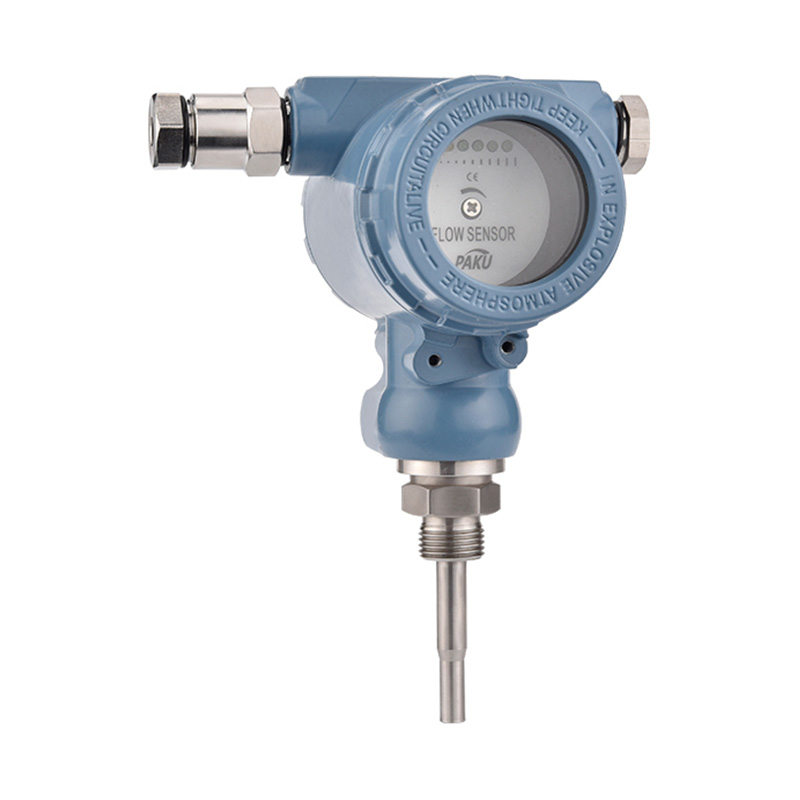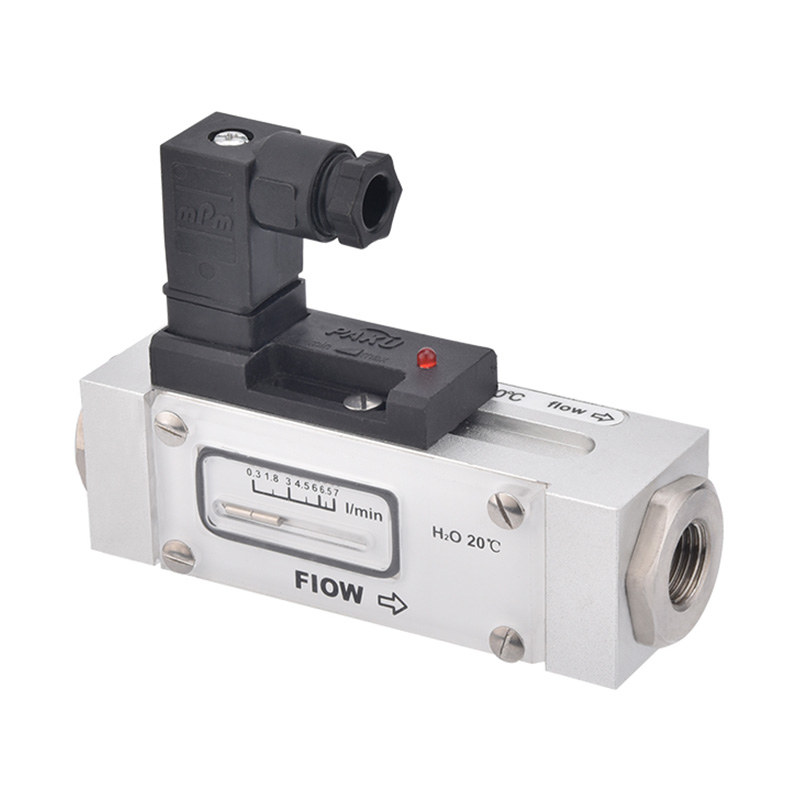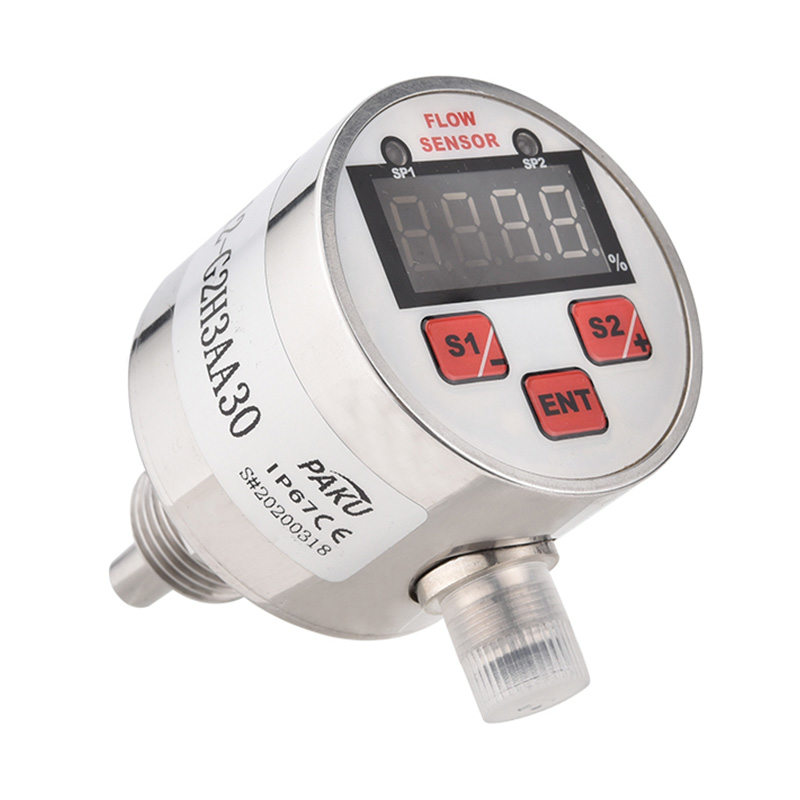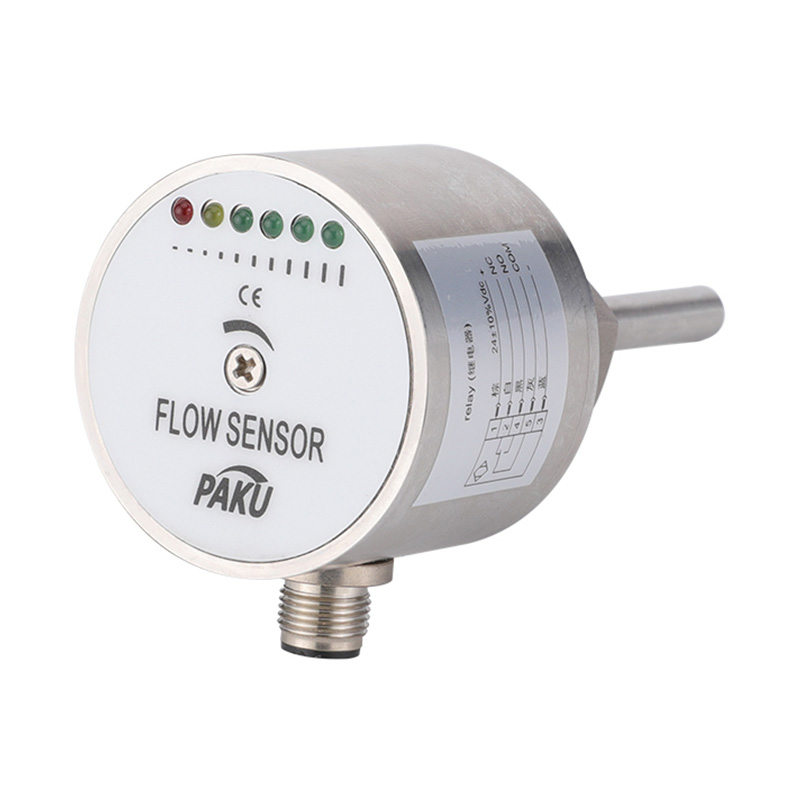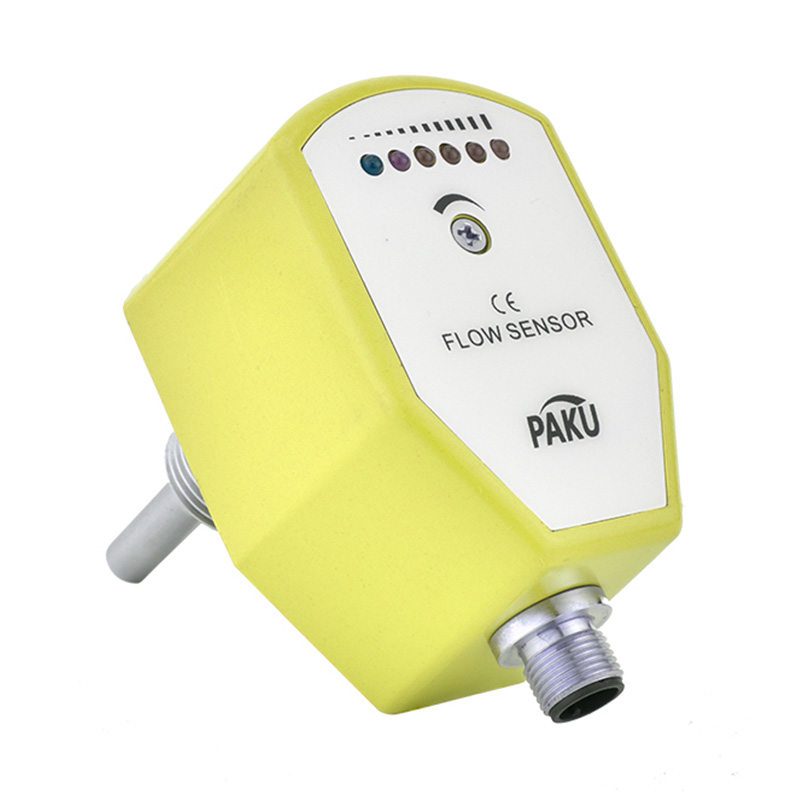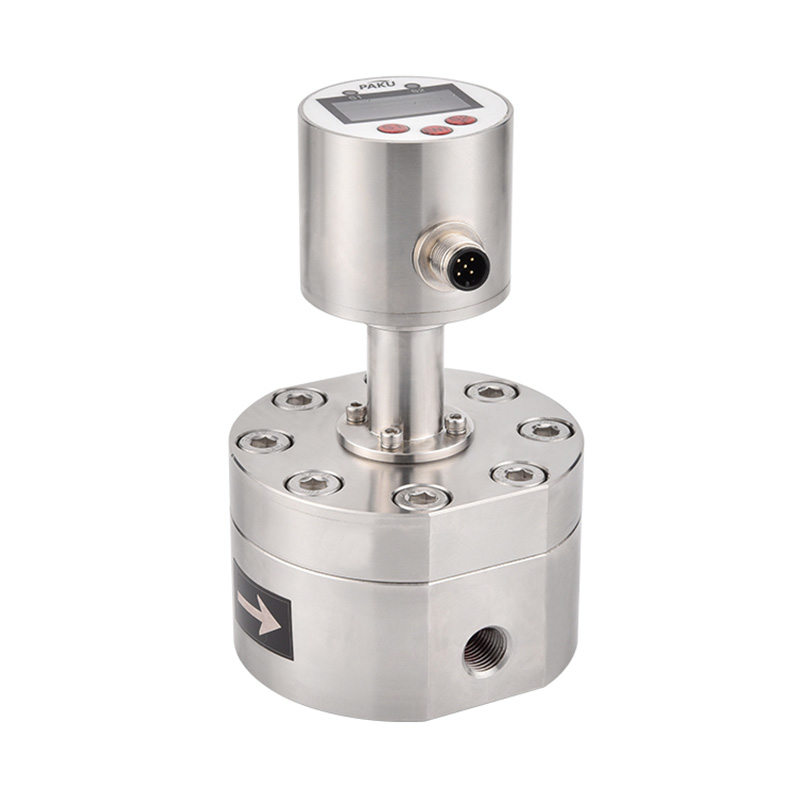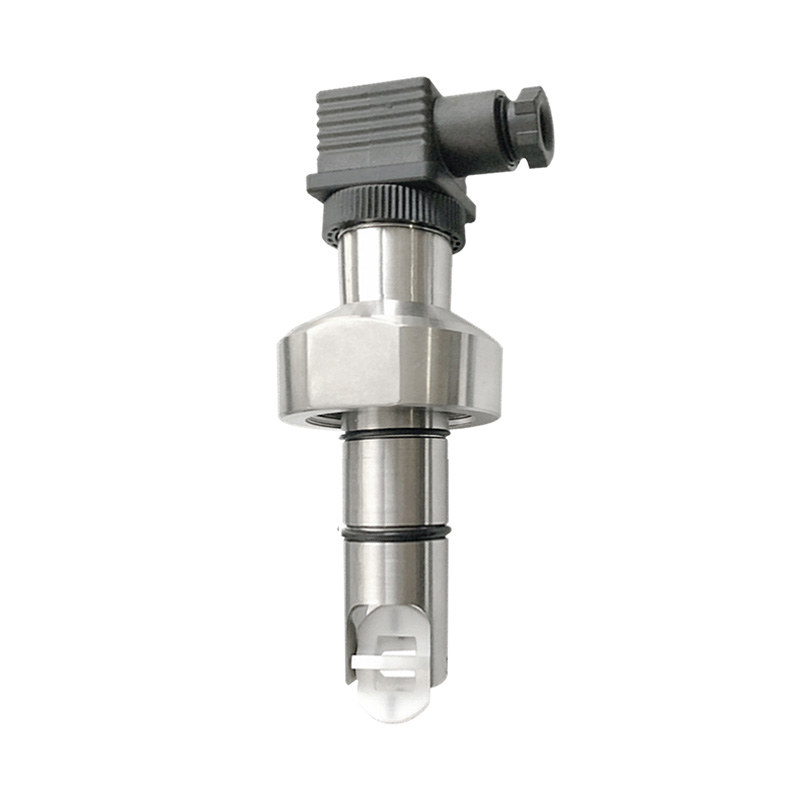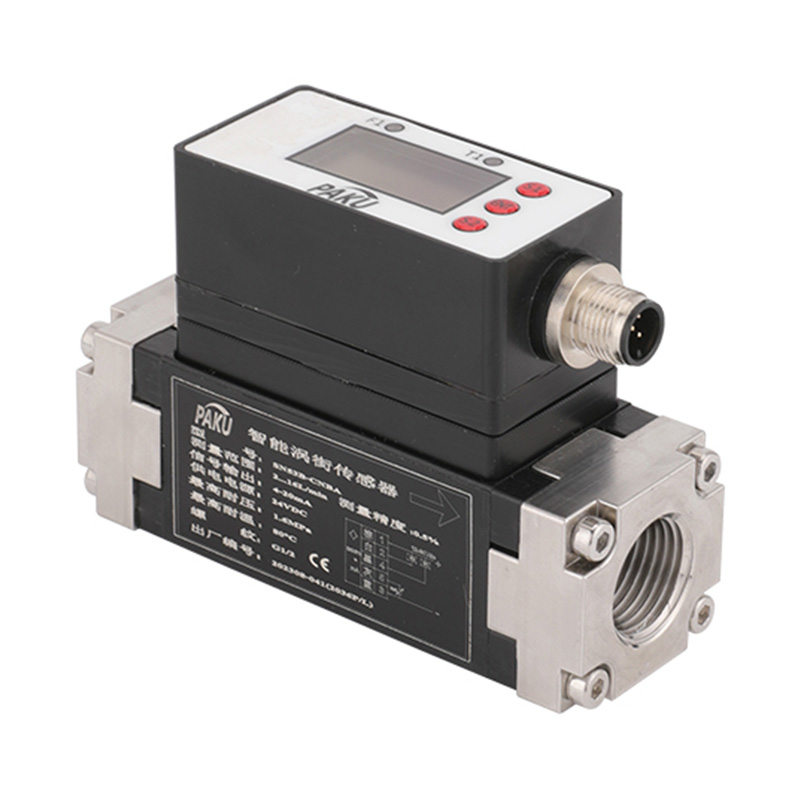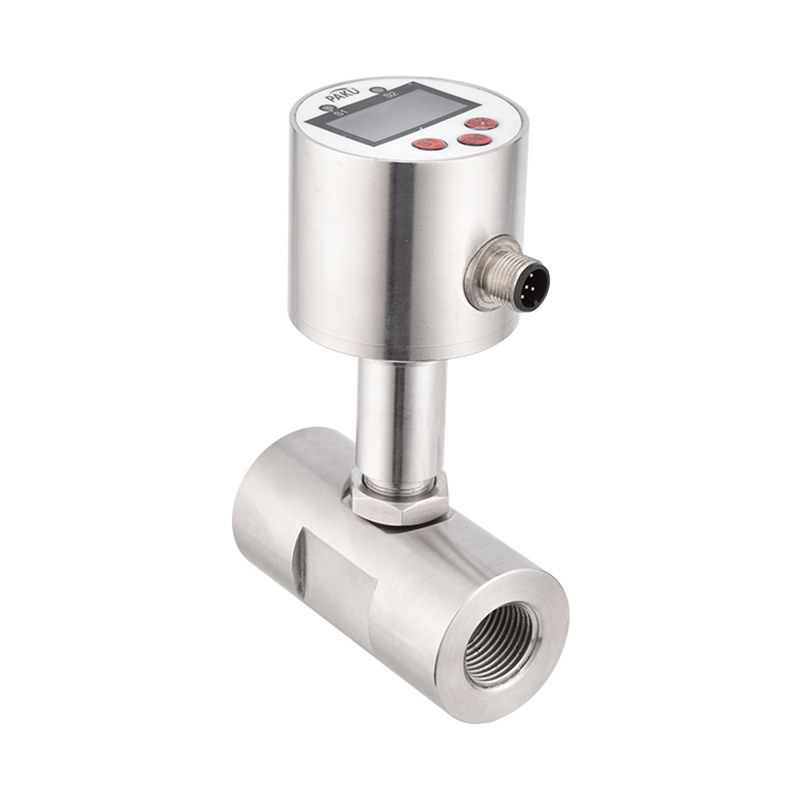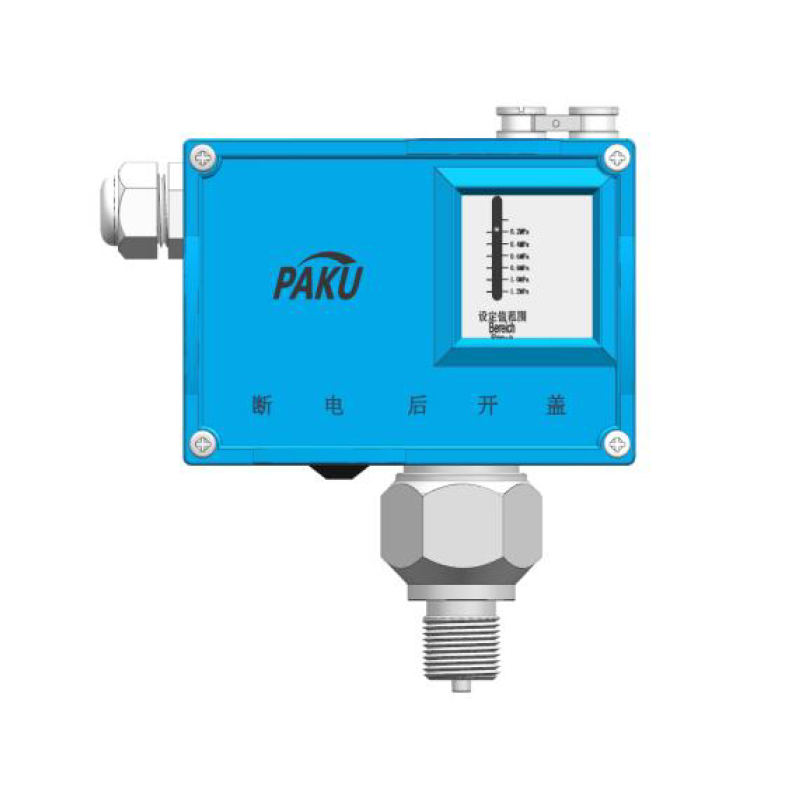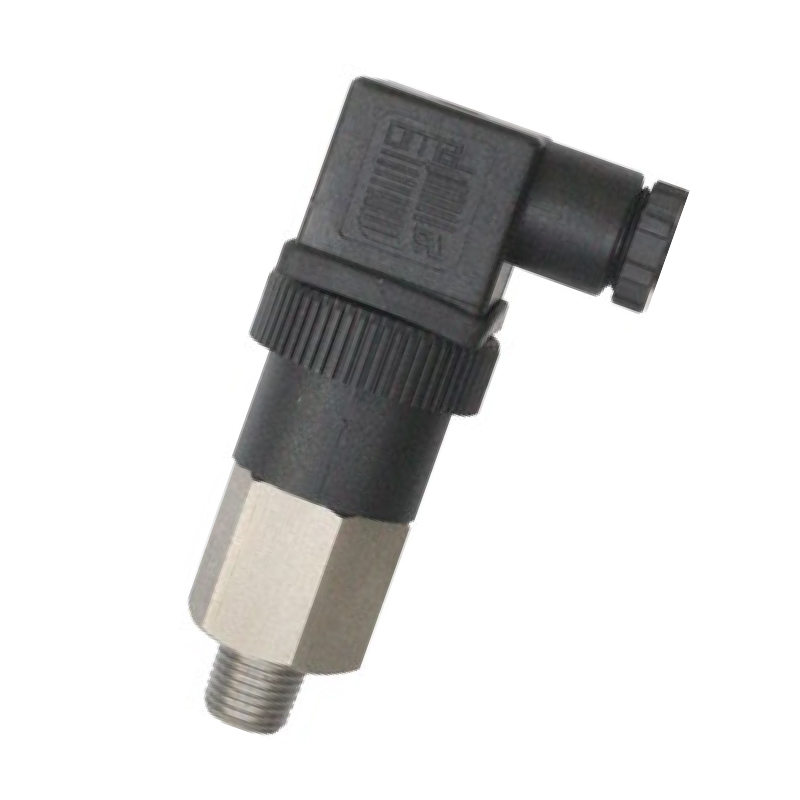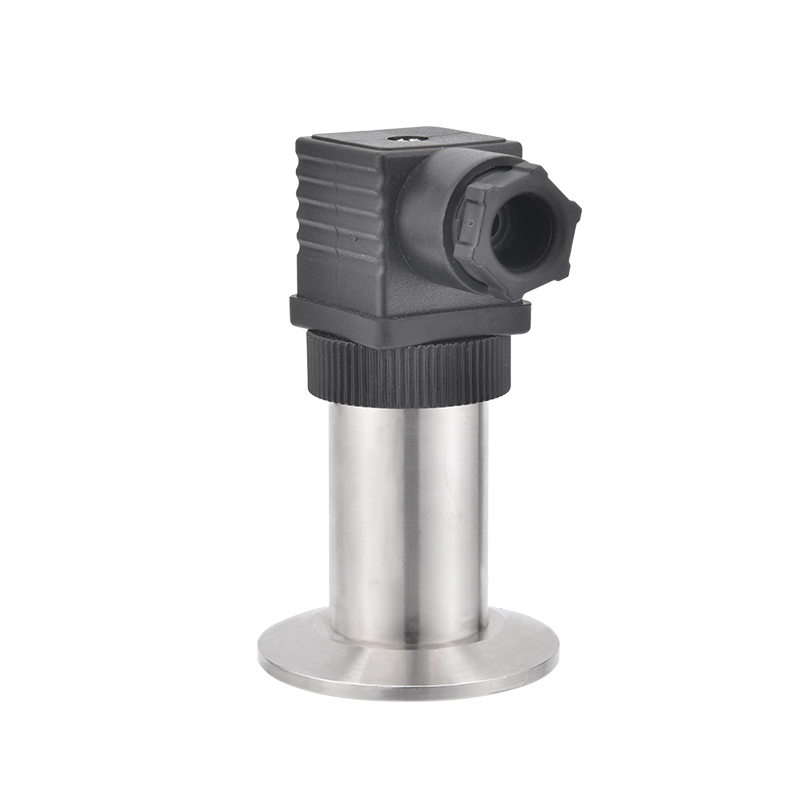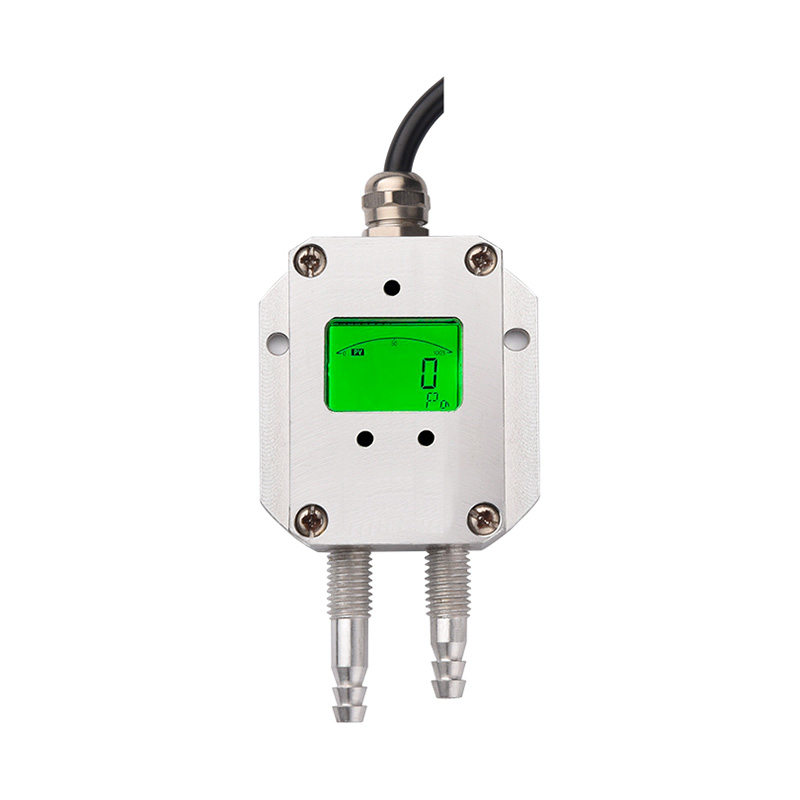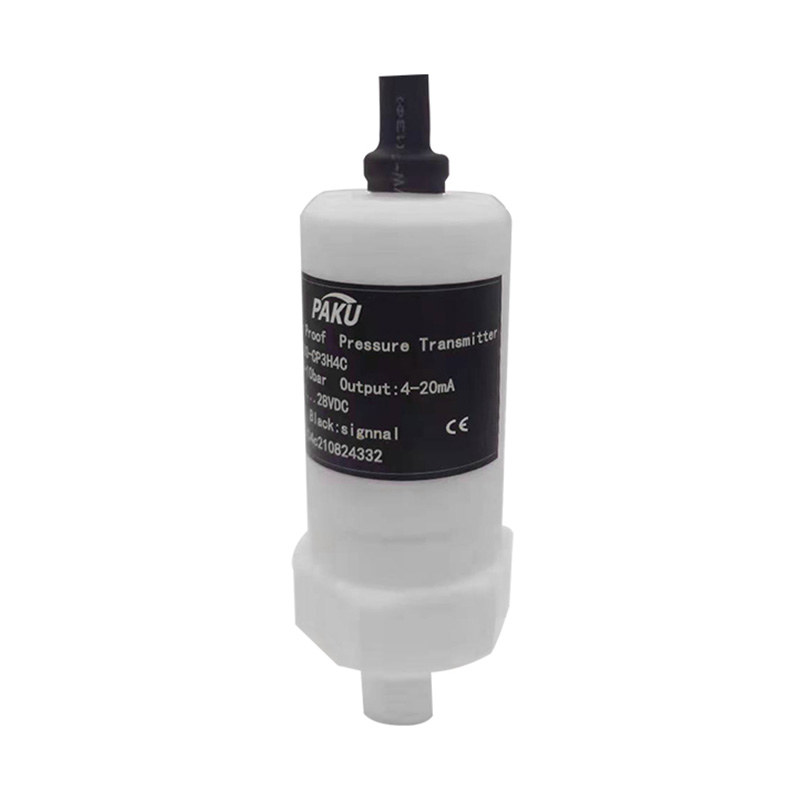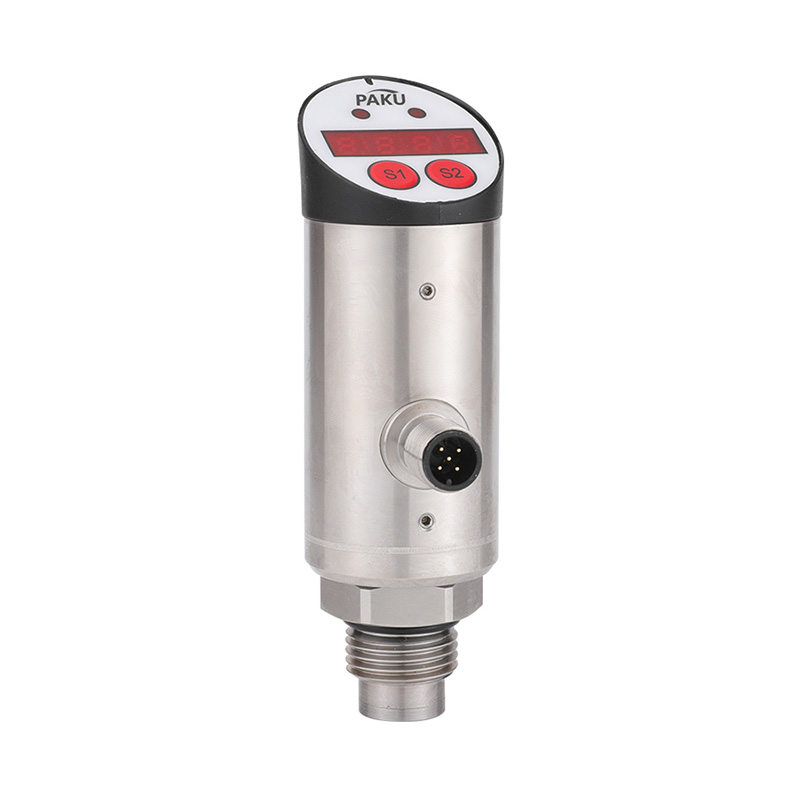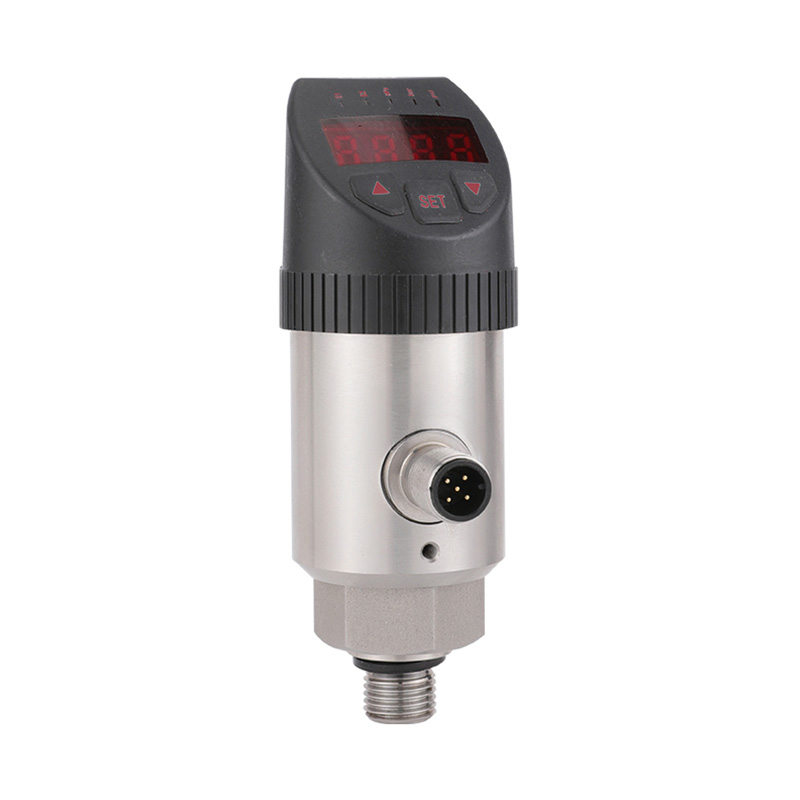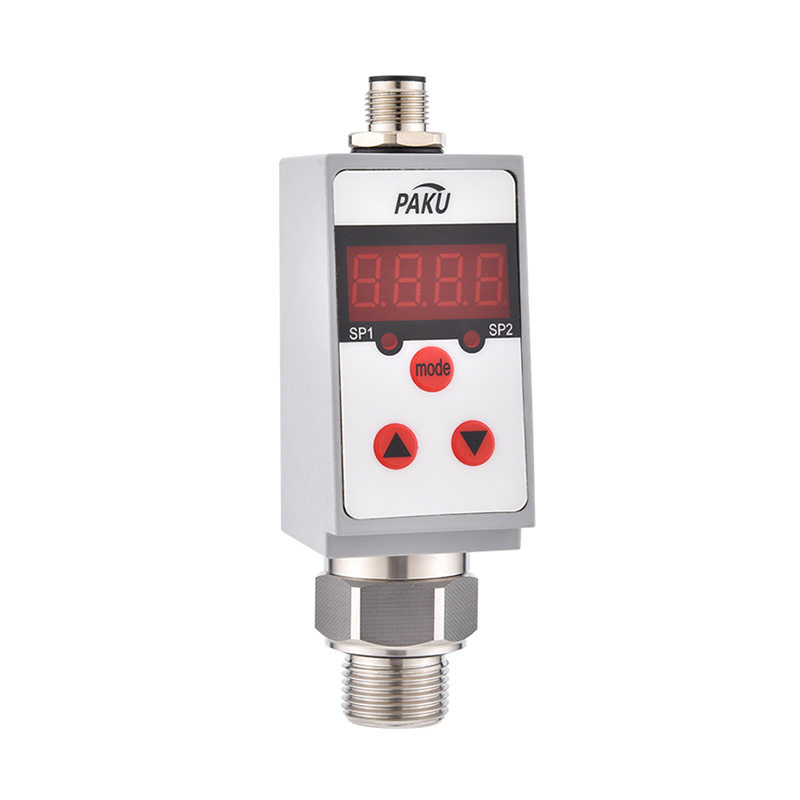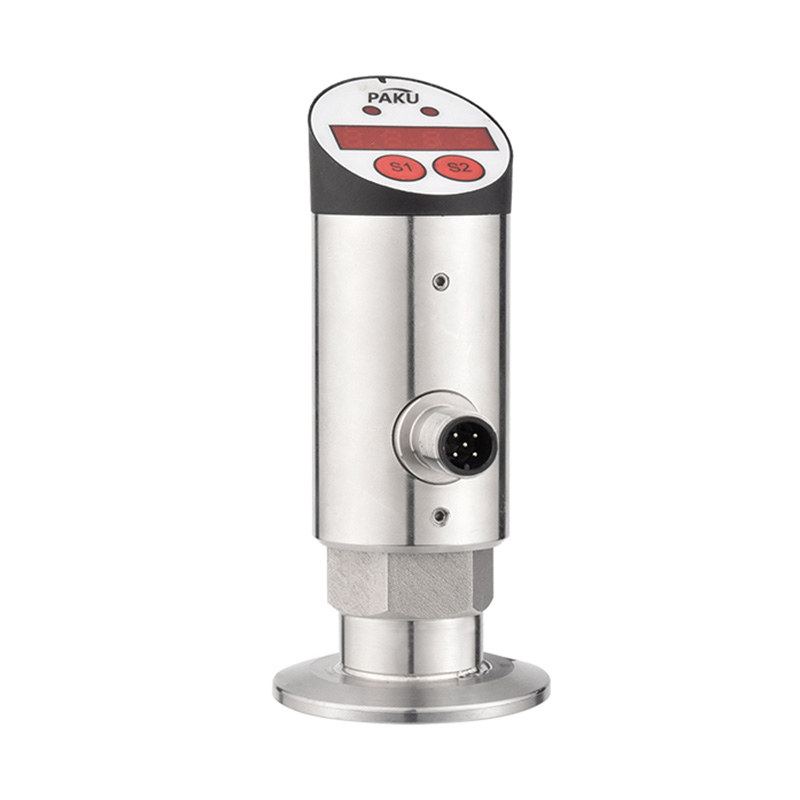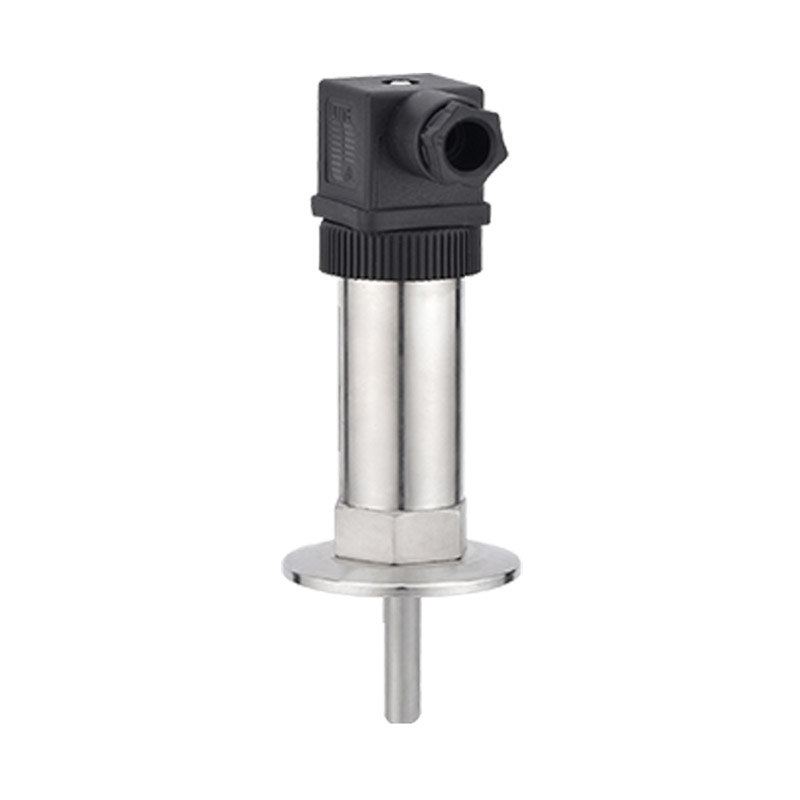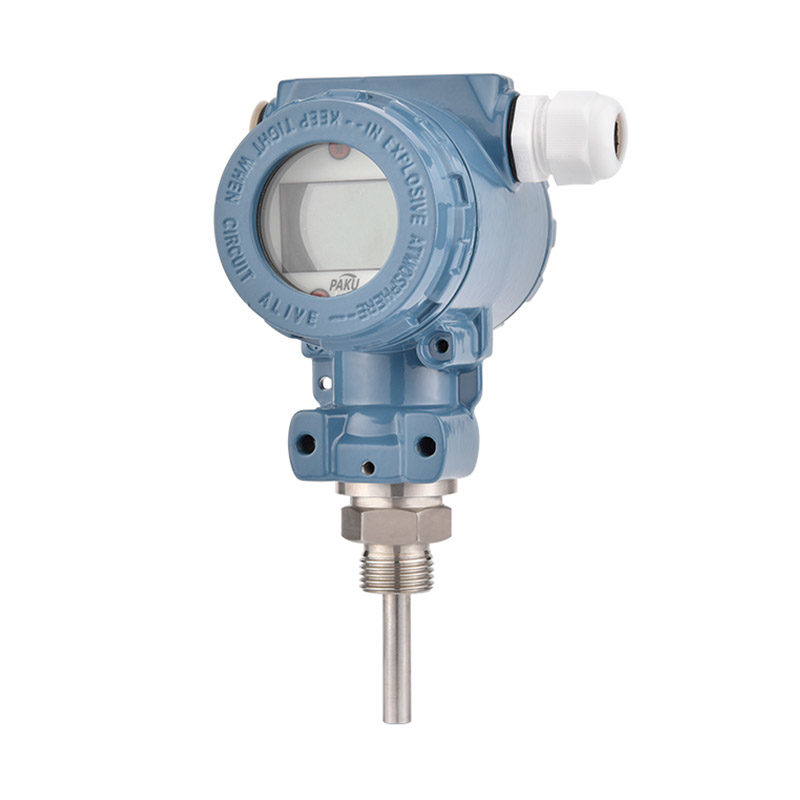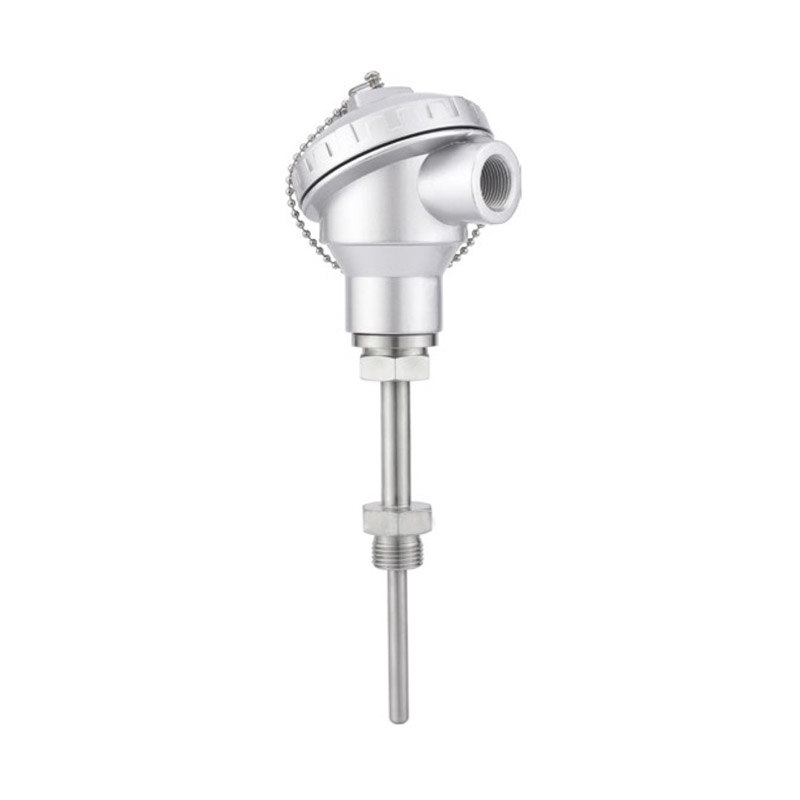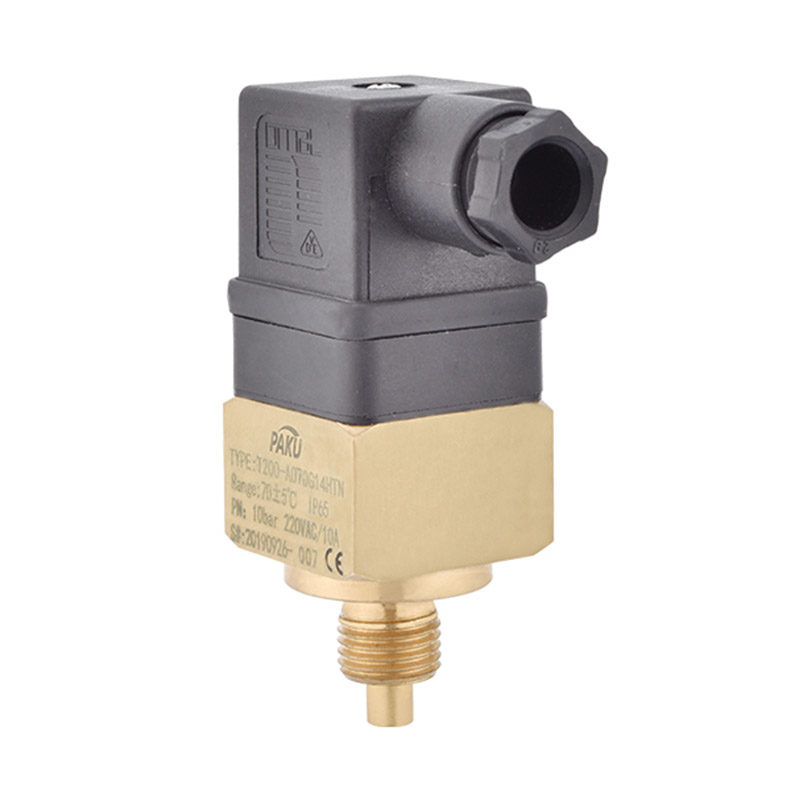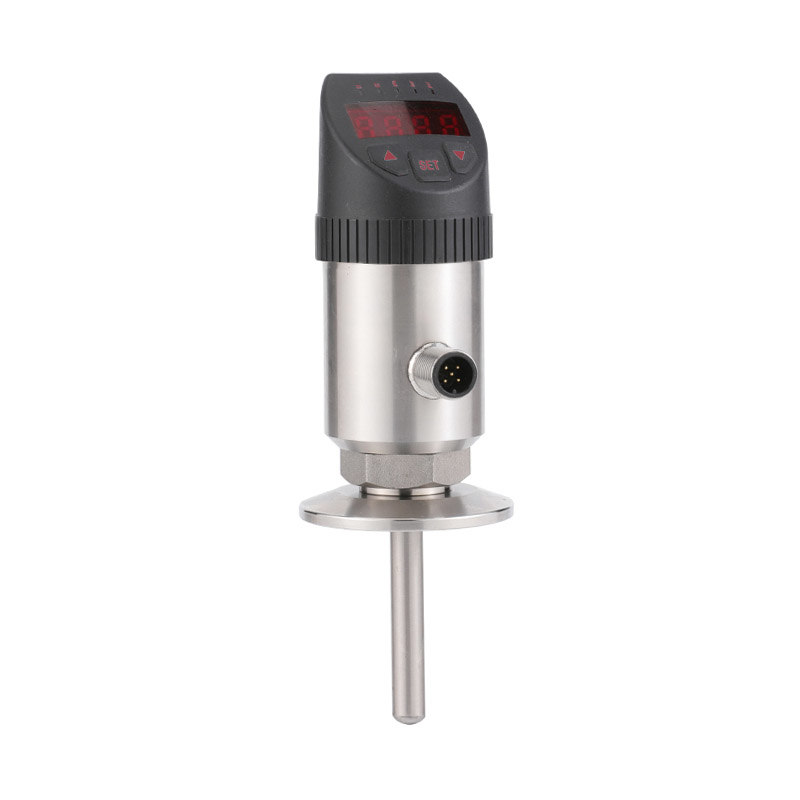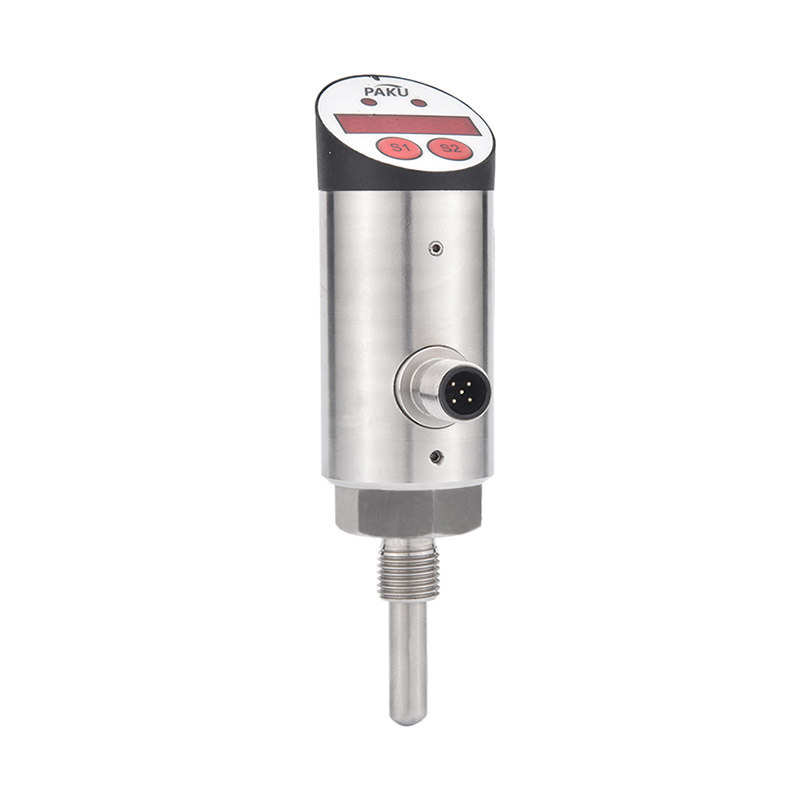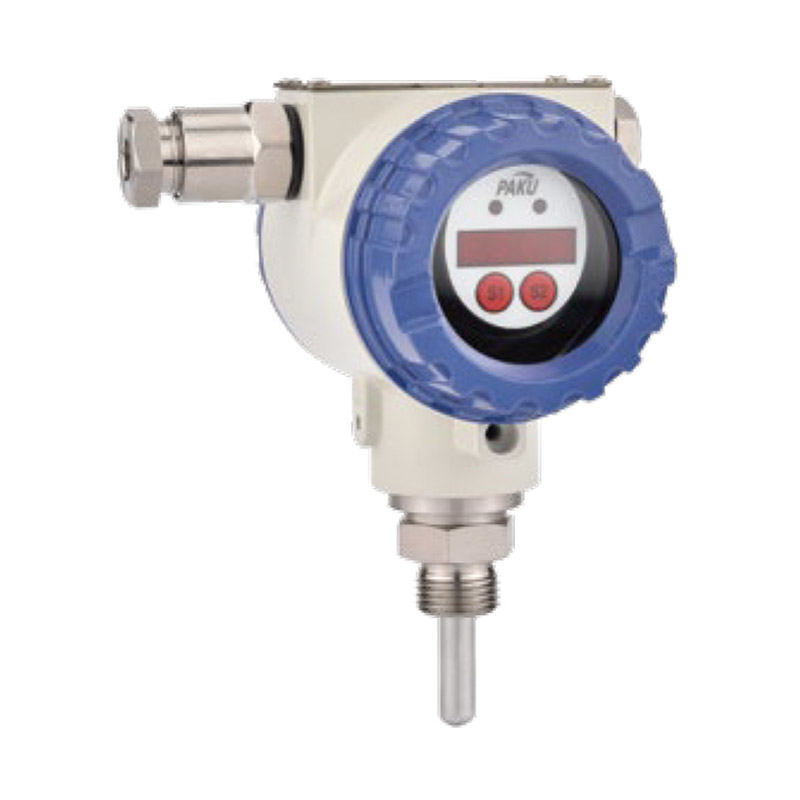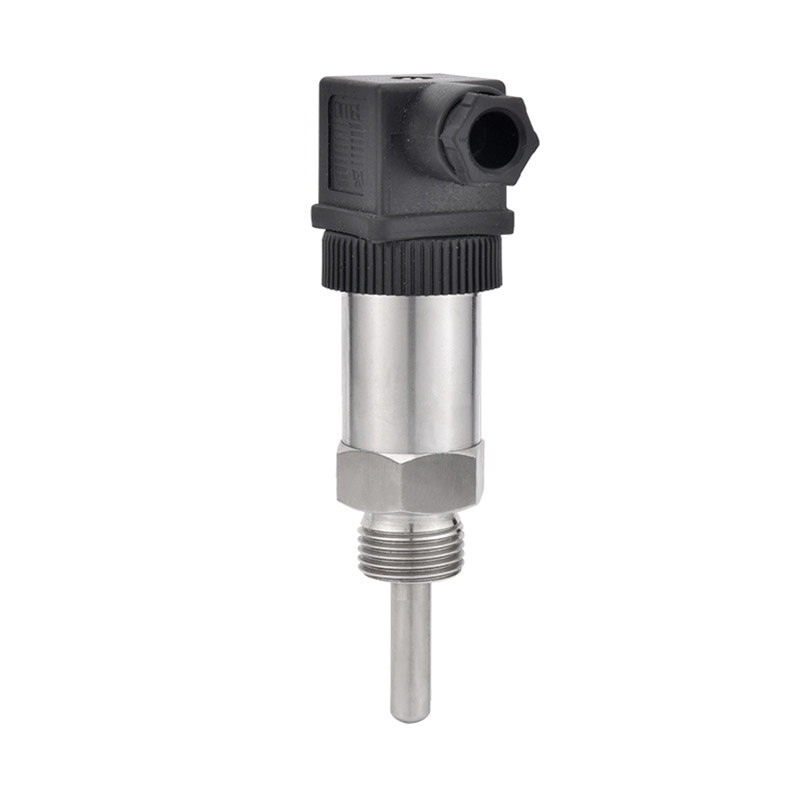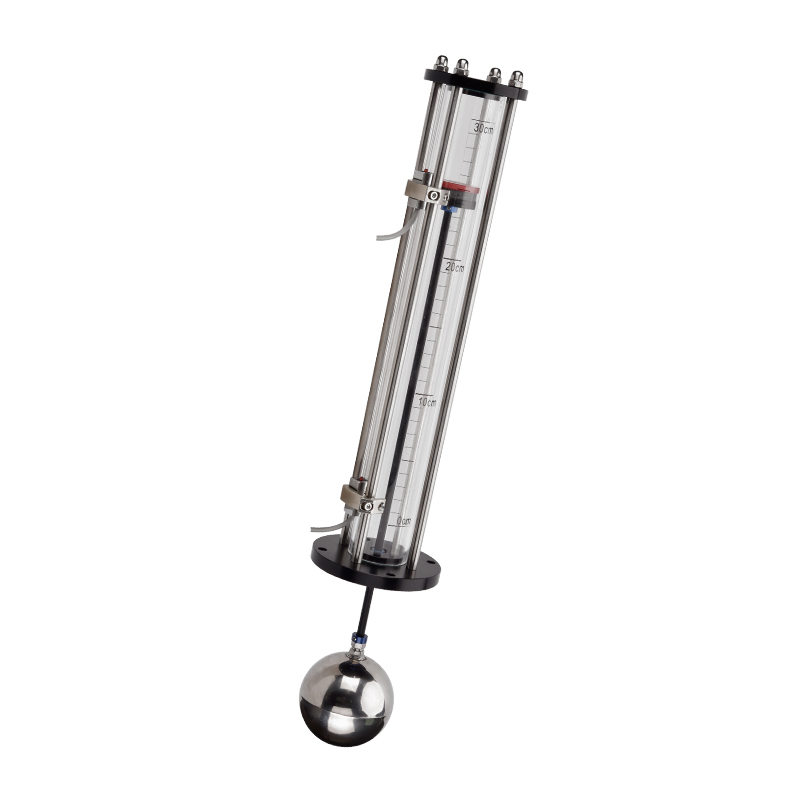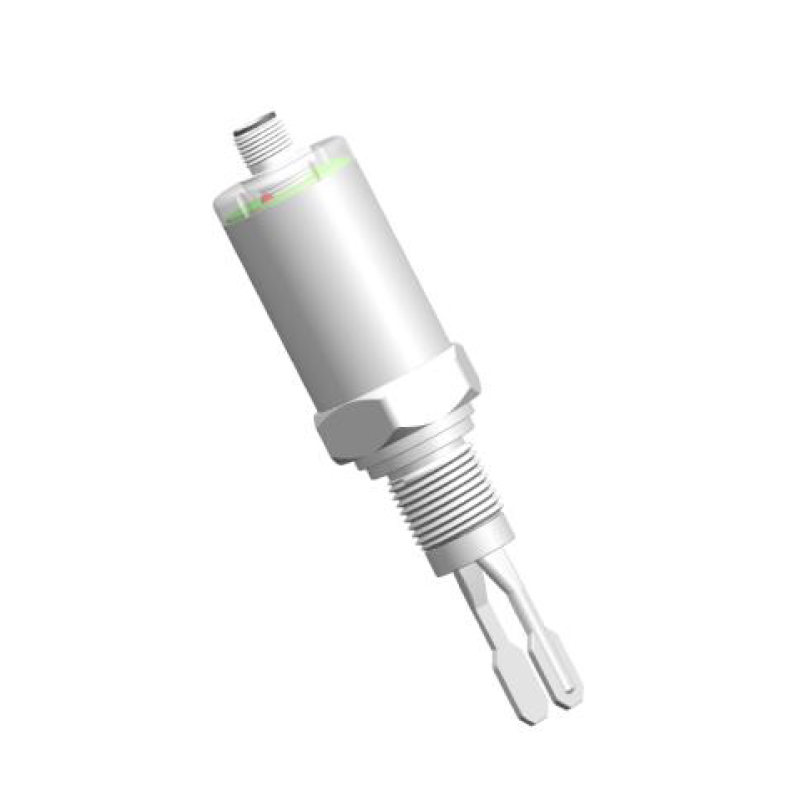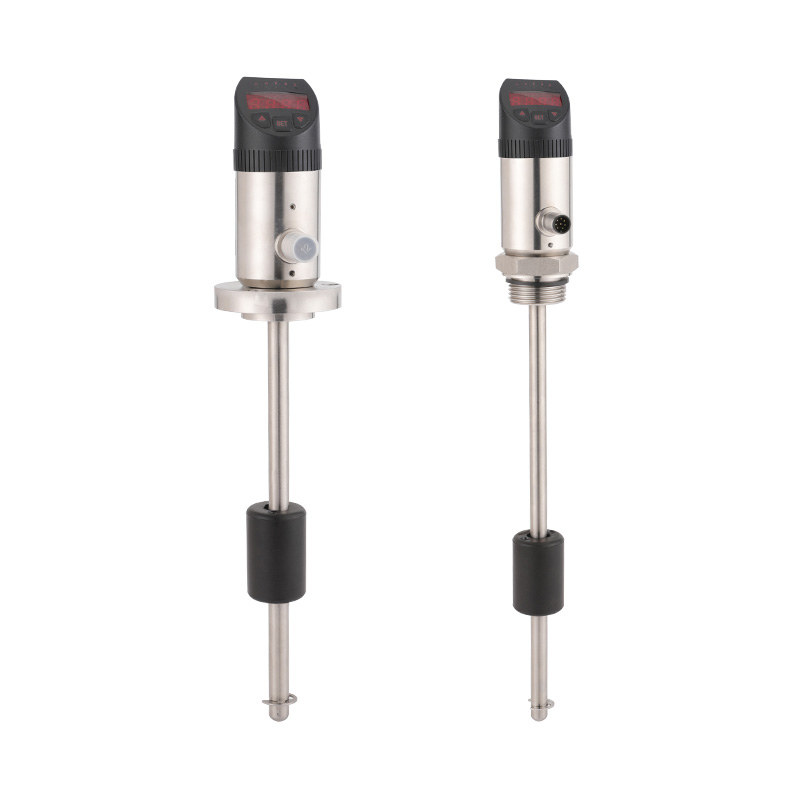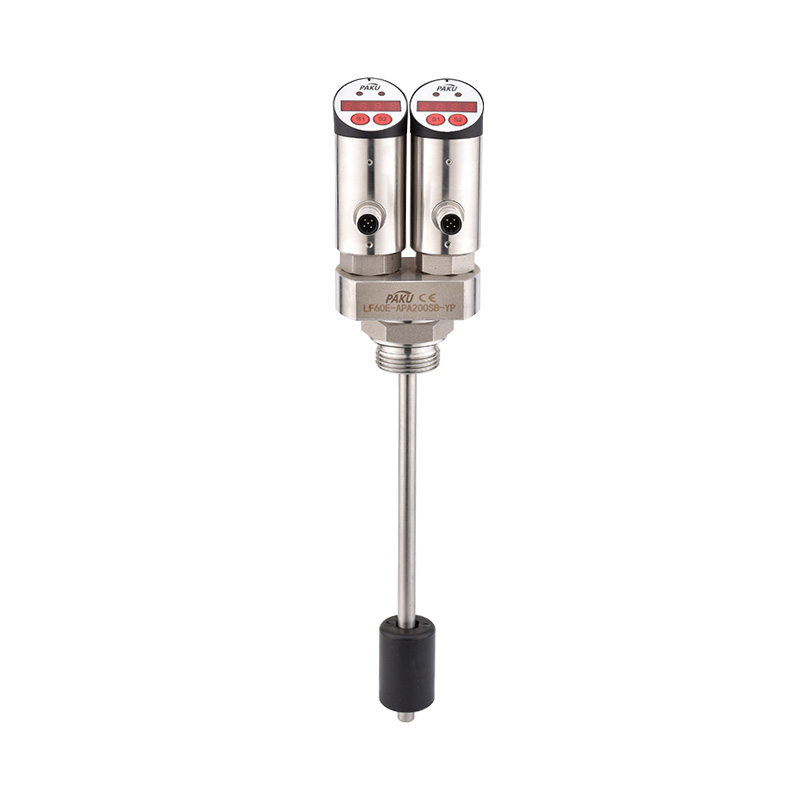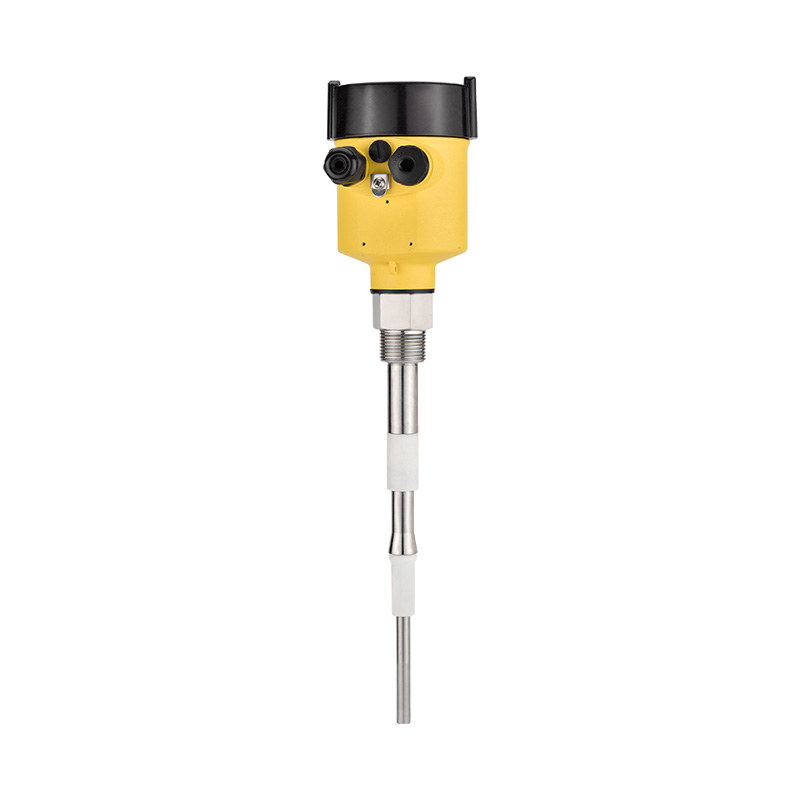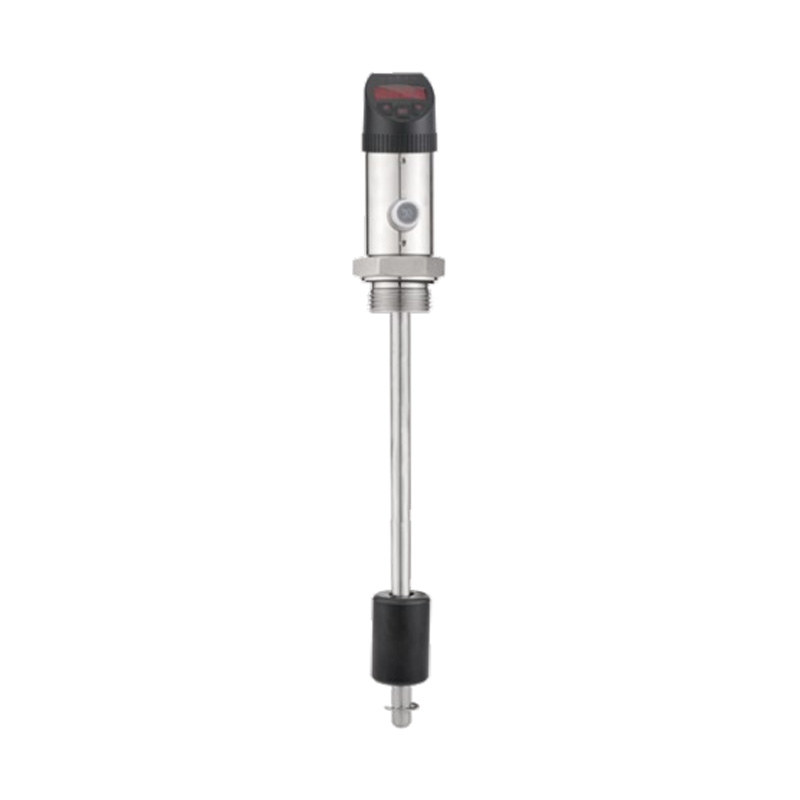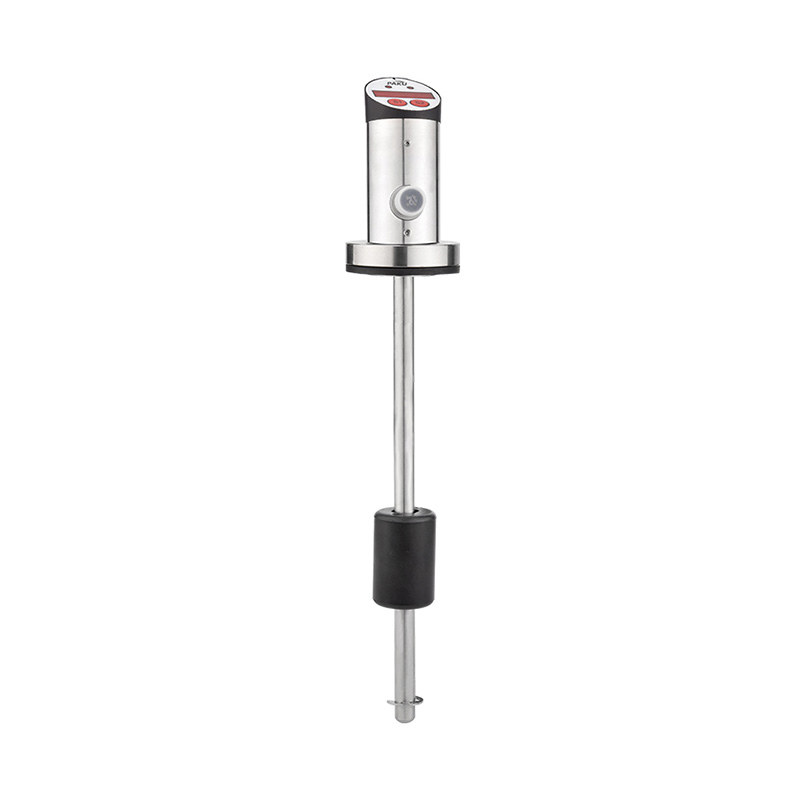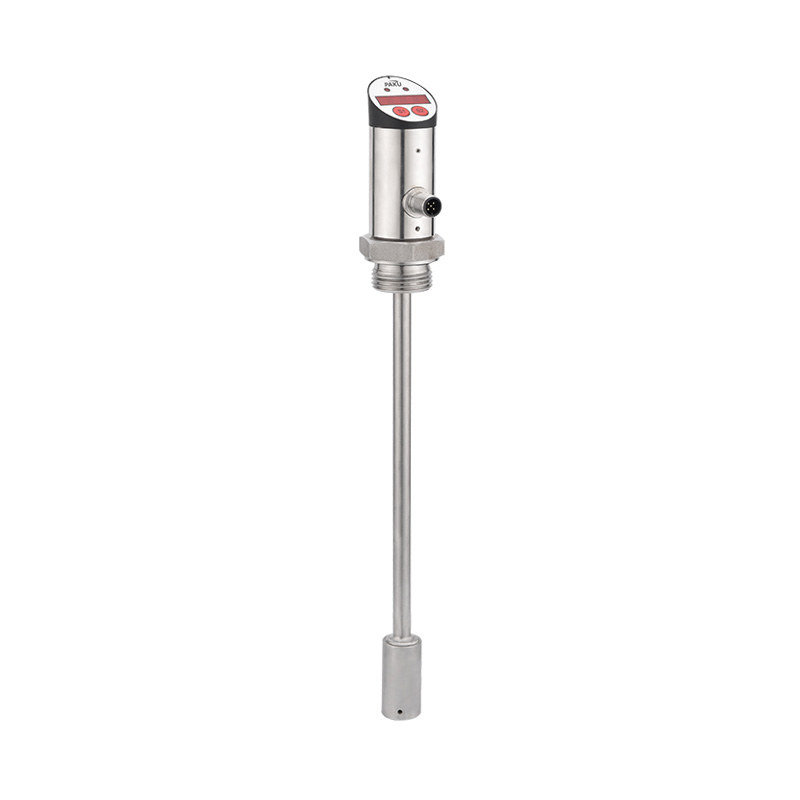If you need any help, please feel free to contact us
Can the Temperature Transmitter be used in high temperature environments?
Temperature transmitters are essential devices in modern industrial automation and process control. They are designed to convert temperature sensor signals, such as those from RTDs or thermocouples, into standardized output signals that can be easily transmitted and interpreted by monitoring systems. One of the most frequently asked questions about these devices is whether they can operate reliably in high temperature environments. The short answer is yes, but it depends on the transmitter’s design, materials, and installation method. Let’s explore this topic in detail.
1. Understanding How a Temperature Transmitter Works
A temperature transmitter’s main function is to convert the raw electrical signal from a temperature sensor into a stable and linear output—typically a 4–20mA analog signal or a digital output via protocols like HART or Modbus. The transmitter itself doesn’t measure temperature directly; instead, it processes and transmits the signal generated by the sensing element. This means that while the sensor tip might be exposed to very high temperatures, the transmitter body is often positioned in a safer, cooler area to protect its electronic components.
2. Temperature Limitations of Standard Transmitters
Most standard temperature transmitters have an operating temperature range of about -40°C to +85°C. This limitation is mainly due to the sensitivity of the electronic circuits inside the transmitter. When exposed to temperatures beyond this range, components such as capacitors, resistors, and microchips may degrade, leading to inaccurate readings or permanent damage. Therefore, in high temperature applications—such as furnaces, boilers, or chemical reactors—the transmitter itself should not be directly exposed to the heat source.
3. How to Use Temperature Transmitters in High Temperature Conditions
To handle high-temperature environments safely and effectively, several engineering methods can be applied:
- Use of Extension Leads: The sensing element (e.g., thermocouple or RTD) is placed inside the high-temperature zone, while the transmitter is installed at a distance, in a cooler area. Extension wires connect the sensor to the transmitter, keeping the electronics safe.
- Head-Mount vs. DIN-Rail Transmitters: Head-mount transmitters are often placed inside the sensor connection head, which can get quite warm. For very high temperatures, a DIN-rail transmitter located in a control cabinet is recommended to reduce exposure.
- Thermal Isolation and Shielding: Using protective sheaths, cooling fins, or thermal barriers can help minimize heat transfer to the transmitter. These mechanical protections are especially important in industries like metallurgy or petrochemical processing.
4. High-Temperature Resistant Models
For applications that involve extreme conditions, manufacturers produce high-temperature transmitters designed with reinforced materials and advanced thermal management. These models can typically withstand operating temperatures up to 125°C or even 150°C. Some explosion-proof or heavy-duty transmitters used in refineries and power plants are also built to resist both heat and vibration. It’s important to check the manufacturer’s specifications and certifications before installation.
5. The Role of Proper Installation
Even the best transmitter can fail if installed improperly. In high-temperature applications, installation practices play a major role in ensuring reliable performance. Always keep the transmitter away from direct heat radiation and ensure proper ventilation. If possible, use a heat-resistant mounting bracket or extension neck to create distance between the heat source and the device. Additionally, choosing suitable wiring insulation (such as Teflon or fiberglass) helps prevent signal distortion due to temperature changes.
6. Real-World Applications
Temperature transmitters are widely used in industries like oil and gas, power generation, metal processing, food manufacturing, and pharmaceuticals—many of which involve high temperatures. For example, in a steel plant, the sensor may measure molten metal temperature exceeding 1000°C, but the transmitter remains safely outside the furnace environment. Similarly, in chemical processing, the transmitter may be connected to sensors monitoring reactor temperatures while being installed in a cooler control area.
7. Conclusion
In summary, temperature transmitters can be used in high temperature environments, provided the system is designed and installed correctly. The transmitter itself is not typically placed in extreme heat; instead, it works with a sensor capable of withstanding such conditions while remaining protected in a controlled environment. By using appropriate thermal isolation methods, choosing the right transmitter type, and following manufacturer guidelines, you can ensure accurate and reliable temperature measurement even in the most demanding industrial applications.
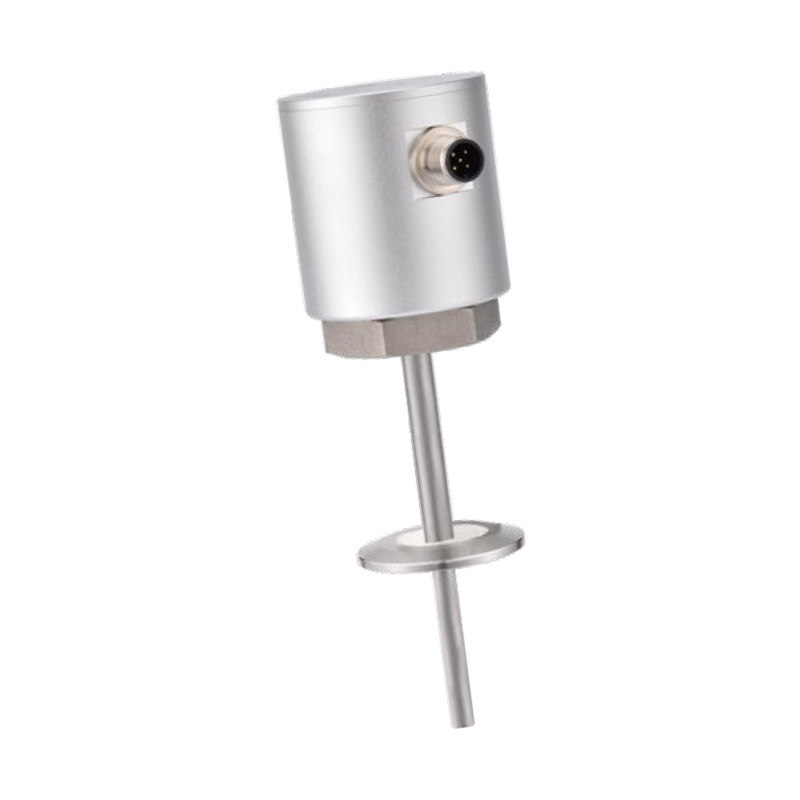

 en
en English
English Русский
Русский España
España عرب .
عرب .